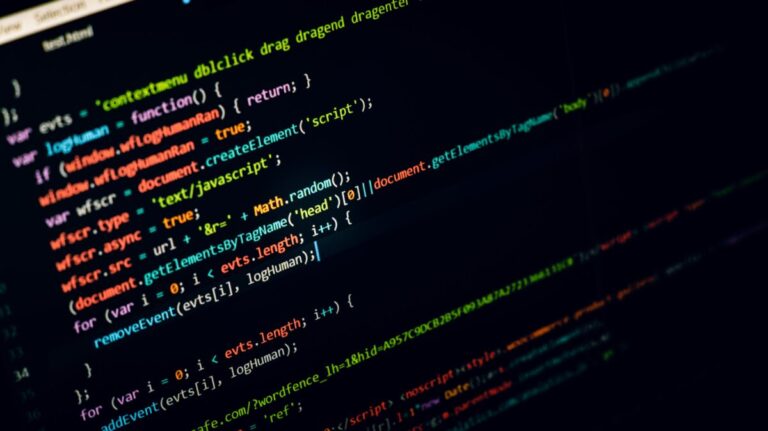Researchers from the Massachusetts Institute of Technology (MIT) say that residential solar panels, batteries, electric vehicles, heat pumps and boilers can all be part of a local electricity market to restore the electricity or easy gridstress after cyber attacks or serious weather conditions.
MIT researchers have presented the establishment of a local electricity market consisting of outskirts and internet or-things (IoT) devices, including residential solar panels that can be used to achieve resilience of the ability in cases of cyber physical attacks.
Their research paper – ‘Resilience of the electric schedule by reliable IoT-Coordinated assets“Recently published in Proceedings of the National Academy of Sciences – says that the increased penetration of distributed energy sources in the electricity network could introduce new vulnerabilities in the form of cyber attacks, which can cause considerable challenges for the resilience of the net.
The article says that decentralized, grid-edge devices, found close to the consumer instead of central central power plants, substations or transmission lines, as well as IoT devices-also known as physical objects that contain sensors and software that connect to internet can form local electricity markets called in cases of unforeseen malfunctions.
The MIT team has presented a new framework (efficient, ultra-resilient, IoT-coordinated assets)-which starts with the assumption that most schedule-edge devices will become IoT devices, making solar panels on the roof, EV Chargers and Smart can be thermostats to connect wirelessly with larger networks of comparable independent and distributed devices.
The research paper introduces an algorithm that, in cases where the main roster is affected, would start for every local electricity market to determine which devices are reliable. Subsequently, identifying which combination of reliable devices would best limit the power failure, then calculate and communicate the power to be pumped into the grid or to be reduced from the grid. The owners of the devices would be compensated for their participation through the market.
The MIT team tested their proposed framework on a number of possible grid prescenarios in the research paper, including possible weather events that can close the transmission of energy at different levels and nodes in a Power Grid.
Between 5% and 40% of the power was lost in each test. In every tested scenario, the researchers discovered that their algorithm was able to restabilize the grid and to reduce the attack or power failure.
The researchers say that the results show that Rooster-Edge devices, such as solar panels on the roof, EV chargers, batteries and smart thermostats, can all be tapped to stabilize the Power Grid in the case of an attack.
“All these small devices can put their small piece in terms of adjusting their consumption,” says Anu Annaswamy, a research scientist in the Mechanical Engineering department of MIT. “If we can use our smart dishwashers, roof panels and EVs and put our combined shoulders on the wheel, we can really have a resilient grid.”
The team also acknowledges that in order to maintain their proposed local electricity markets, a network of schedules would require support from customers, policy makers and local officials, as well as innovations such as advanced power users who enable EVs to inject power back in the schedule.
“This is just the first of many steps that have to be done quickly for this idea of local electricity markets to be implemented and expanded,” says Annaswamy. “But we believe it’s a good start.”
This content is protected by copyright and may not be reused. If you want to work with us and reuse part of our content, please contact: editors@pv-magazine.com.


